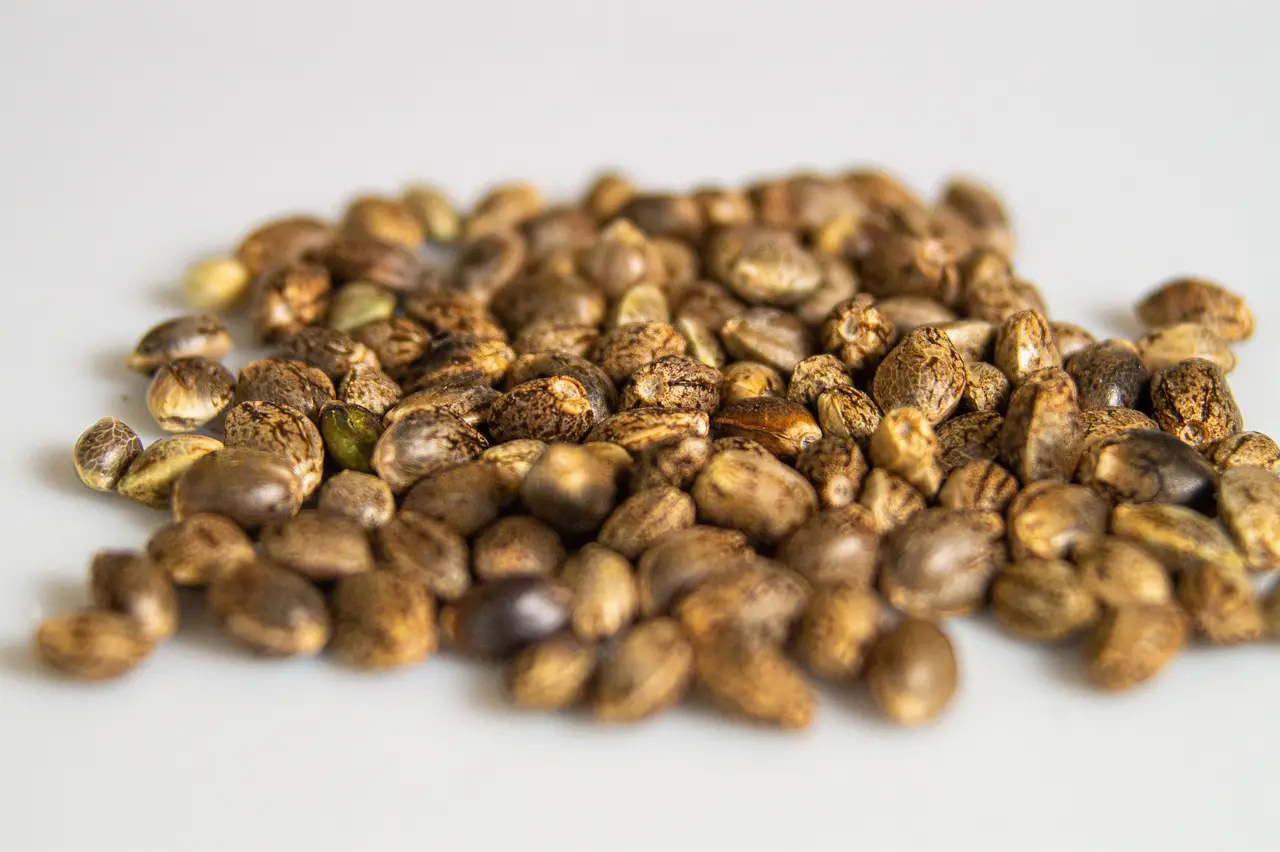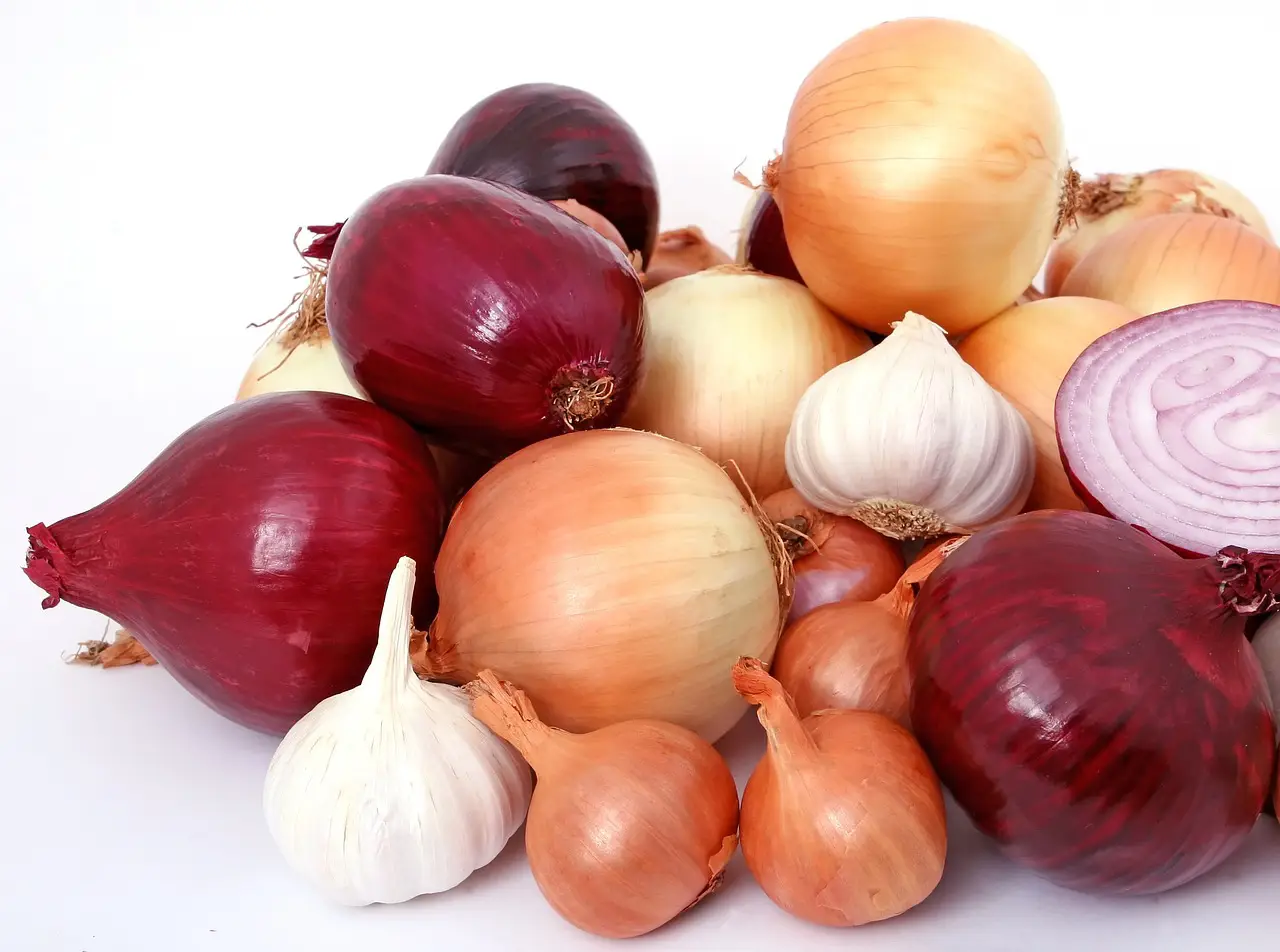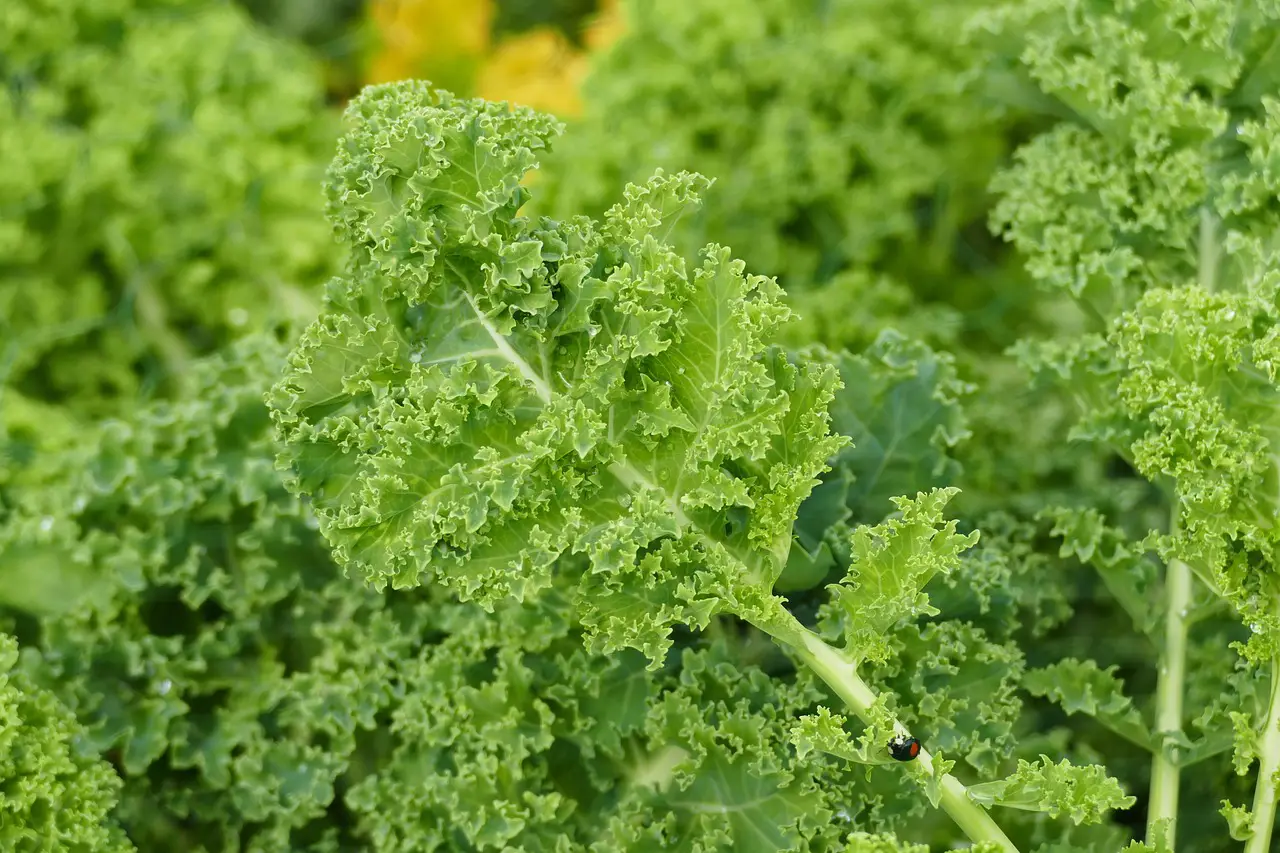This posting is part of Coupang Partners activity, and I receive a certain amount of commission accordingly.
When reading articles related to health, you may often come across terms like antioxidants or anthocyanins. These articles usually highlight the various positive effects of anthocyanins on health. But what exactly are anthocyanins, and which fruits and vegetables contain high amounts of them?
Anthocyanins are pigments that give plants and flowers their deep colors and can be found in grapes and various types of berries. In fact, this compound is present in many parts of the plant, including the tissues, stems, roots, leaves, flowers, and fruits. Although it doesn’t have a distinct taste or aroma, anthocyanins offer numerous health benefits, particularly through their antioxidant effects.

Anthocyanins
Anthocyanins are pigments found in plants that contribute to their deep colors. The dark bluish color of grapes or blueberries, for example, comes from anthocyanins. Although the amount varies depending on the plant, these compounds are present in most plants. They don’t have a distinct taste or aroma, but they act as powerful antioxidants in the human body.
Phytochemicals
Plants contain numerous compounds, some of which are not essential nutrients but still beneficial to our health. These compounds are called phytochemicals. Phytochemicals literally mean “chemicals found in plants,” but they generally refer to plant-based bioactive substances that have a positive effect on health. Phytochemicals are categorized into various types, with prominent examples being carotenoids and phenols. Phenols, in particular, are further divided into flavonoids and non-flavonoids. The flavonoid group includes about 150 different substances, one of which is anthocyanin. Anthocyanin, a type of flavonoid, acts as a powerful antioxidant in the body and plays an important role in maintaining health.
Antioxidants
Antioxidants are compounds that play a role in inhibiting oxidation. They help prevent cell damage or aging caused by free radicals and also reduce inflammation, playing an important role in maintaining health. Therefore, when discussing the benefits of fruits or vegetables, the content of antioxidant compounds is often mentioned, and anthocyanins, in particular, are known for their powerful antioxidant effects.
Anthocyanins Benefits
It Has Cancer Prevention Effects
Antioxidants play an important role in inhibiting the action of reactive oxygen species in the body. According to research, anthocyanins are known to be the most powerful antioxidant among the 150 types of flavonoid compounds. Furthermore, studies have confirmed that anthocyanins may help inhibit tumor growth and the progression of breast cancer.
It Has Anti-Inflammatory Effects
According to animal studies, anthocyanins have been identified as compounds that can have anti-inflammatory effects. Research has shown that they may help alleviate chronic inflammation associated with various diseases such as heart disease, arthritis, type 2 diabetes, Alzheimer’s, and dementia.
It Helps with Diabetes
Anthocyanins promote glucose metabolism and are effective in alleviating abnormal collagen production, one of the side effects of diabetes. They may also help prevent diabetic retinopathy, one of the complications of diabetes, by inhibiting excessive protein production and improving capillary damage.
It Has an Allergy-Relieving Effect
A study conducted in Bulgaria found that anthocyanins contain the most effective flavonoid components for alleviating allergy symptoms.
It Helps Improve Vision
Anthocyanins have a positive impact on overall vision, including night vision. Studies have shown that consuming anthocyanins found in bilberries and blackcurrants can temporarily improve vision.
It Helps Support Heart Health
Anthocyanins are effective in lowering cholesterol and blood pressure, improving blood circulation, and strengthening capillaries. Additionally, they help reduce oxidative stress, maintaining cardiovascular health and preventing heart disease.
It Helps with Weight Loss
In rat experiments, rats that consumed anthocyanins gained less weight compared to those that did not consume them.
It Is Effective in Treating Ulcers
Anthocyanins help in the treatment of ulcers by promoting the secretion of gastric mucus and gastric fluids, which protect the stomach. As a result, bilberries have traditionally been used for ulcer treatment.
It Helps with Cognitive Function
According to studies, rats that consumed anthocyanins suffered less from memory loss and motor function decline. Anthocyanins reduce the loss of fats in the brain, which is considered a sign of brain aging. However, the link between anthocyanin consumption and improved cognitive function still needs further confirmation through human trials.
Foods High in Anthocyanins
Anthocyanins are pigments found primarily in plants, especially in fruits, vegetables, and grains with dark colors. These compounds generally appear purple, red, or blue, with notable examples including:
- Berries such as blueberries, blackberries, cranberries, and aronia
- Cherries
- Plums
- Pomegranates
- Red peaches
- Eggplants
- Asparagus
- Red cabbage
- Black beans and kidney beans
- Black rice
There are many other fruits and vegetables rich in anthocyanins. It’s a good idea to look for those that are easily available in your area.



Leave a Comment